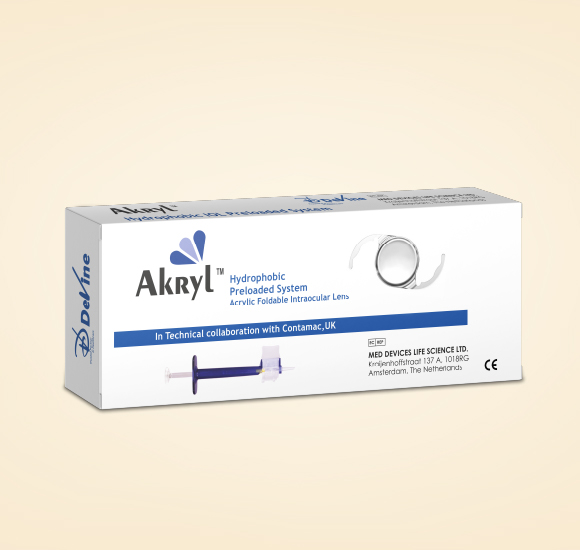
There are many kinds of substances from which eye doctors can choose when it pertains to intraocular lenses for cataract surgery. Hydrophobic acrylic IOL is among these varieties and is regarded by many as one of the more widely used IOL materials. IOLs made of hydrophobic acrylic are typically foldable, contain little water, and possess an excellent refractive index.
IOLs are made up of hydrophobic acrylic have significantly increased their market share globally. Due to their strong rigidity, good uveal biological compatibility, and low risks of posterior capsular opacification, these lenses are becoming more and more liked among ophthalmologists.

Two opposing lenses used for comparison purposes are hydrophobic vs hydrophilic IOL lenses. Both have advantages and disadvantages, and this writing will cover every aspect of both lenses completely. Water and other aqueous fluids are repelled by hydrophobic lenses, which prevents them from building up within or around them. Contrarily, fluids continue to drip from hydrophilic lenses. They are precisely what their name implies.
Implanting hydrophilic acrylic IOL is significantly simpler. However, this option does not support the lens's intended use. Because the aqueous fluid is drawn to hydrophilic optics, the particles in the hydrological fluid accumulate on these lenses more quickly. Hydrophilic IOLs are more prone to PCO, or posterior capsule opacification, which is the development of an opaque coating on the lens. Another name for this is a progressive cataract.
Antibody shape can be impacted by interactions among hydrophobic IOL vs hydrophilic IOL groups. Depending on the interior or external environment, molecules, and even complete microbes can take on shapes and rotations due to the polar or neutral nature of the component amino acid fundamentals as well as in carbohydrates and lipid parts of bacteria.
Because each of the amino acid elements, plus the carbohydrate and lipid components of microbes, can take on polar or nonpolar properties, molecules, and even whole bacteria can adopt forms and rotations that rely on the internal or external context.
Due to these pressures, the phospholipid molecules group together with the hydrophobic tails buried within, and the hydrophilic heads towards the water. The result is the establishment of a membrane on its own. When operationally specialized proteins are inserted into this referred to as lipid bilayer, a highly complicated biological barrier is produced.